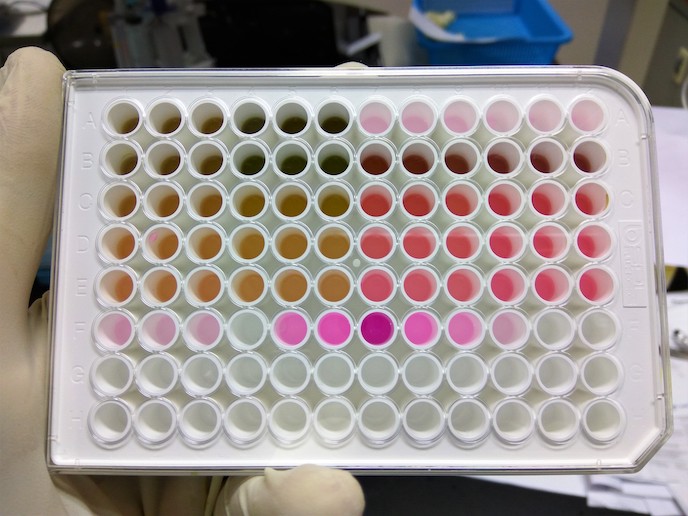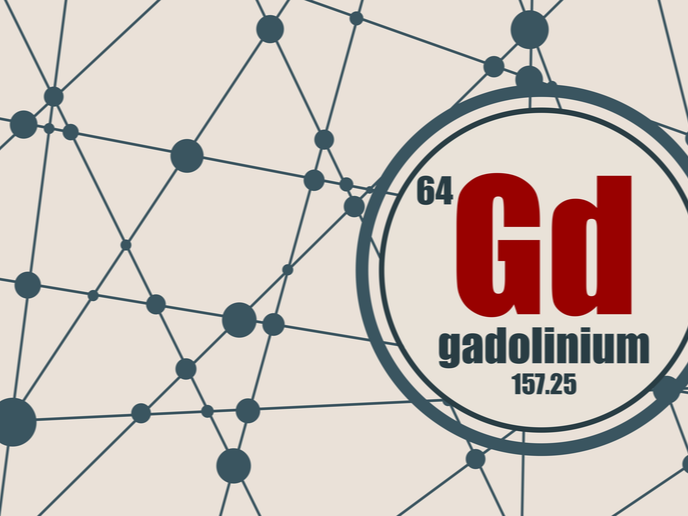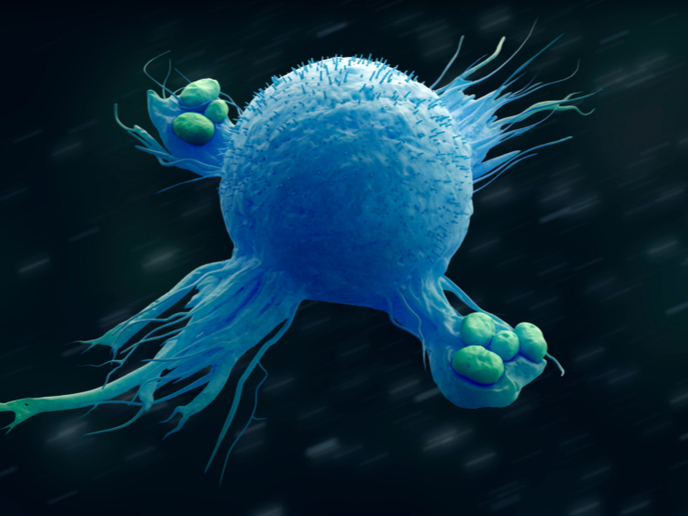Shedding new light on metalloproteins
Metals are for more than just construction and products, they also play an essential role in our health and well-being. “Metals facilitate a number of important bodily functions,” says Ricardo Louro, a researcher at ITQB NOVA(opens in new window), an interdisciplinary research and advanced training institute of NOVA University of Lisbon(opens in new window). “For example, if it wasn’t for iron, haemoglobin wouldn’t be able to carry oxygen to our tissues.” However, beyond this general understanding, the role metals play in human health remains elusive. “A deeper understanding of the mechanisms of metals in metalloproteins could radically transform our ability to improve our overall well-being,” adds ITQB NOVA researcher Smilja Todorovic. Metalloprotein is a term used for any protein, such as haemoglobin, that contains a metal ion cofactor. Many proteins, up to 40 % in any given organism, fall within this category. With the support of the EU-funded TIMB3(opens in new window) project, Louro, Todorovic and the ITQB NOVA team are using biospectroscopy to conduct groundbreaking research on metalloproteins – research that could shed new light on the biologic role of metals.
A centre of excellence in biospectroscopy-based research
The goal of the TIMB3 project was to raise ITQB NOVA’s profile as a centre of excellence in biospectroscopy-based research, advancing its knowledge of biological processes. “The project aimed to train our staff and researchers in the use of advanced spectroscopic methods for investigating the molecular and mechanistic aspects of biological phenomena, including proteins that perform the most fundamental cellular processes,” explains Louro. The project was carried out in collaboration with CIRMMP(opens in new window) in Florence and the Technical University of Berlin(opens in new window), which lent their expertise in magnetic resonance and vibrational spectroscopies through training activities and joint research projects.
A proof of concept for an enzyme-based biosensor
Not only did the project enhance the biospectroscopy capacity of ITQB NOVA, it also produced several important results. For example, the team developed new methods for using nuclear magnetic resonance to analyse the structure of metalloproteins. Researchers also advanced the scientific understanding of the short-living intermediate species that are formed out of the reaction between metalloenzymes and their substrates. Perhaps the most important result was a proof of concept for the development of an enzyme-based biosensor for detecting and quantifying hydrogen peroxide – a result that Todorovic says will have a major impact on biomedicine and the pharmaceutical, environmental, textile, paper, food and chemical industries. “On one hand, this molecule is used for whitening or sterilising purposes, where its quantity should be controlled on a large scale,” she explains. “On the other hand, in medicine, it plays the roles of oxidative stress marker in ageing and disease and of defence agent in response to pathogen invasion, where we want to detect it in very tiny amounts.”
A sought-after partner in biospectroscopy
Although the TIMB3 project is finished, its findings and work continue to have an impact. For instance, ITQB NOVA is now a sought-after partner for European projects in biospectroscopy. The newly trained staff are currently involved in several joint research projects, including the ConCO2rde(opens in new window) and COST(opens in new window) projects. “ITQB NOVA benefits from a number of trained young scientists who are highly motivated to advance the field of biospectroscopy into new systems and towards addressing new scientific challenges,” concludes Louro.







